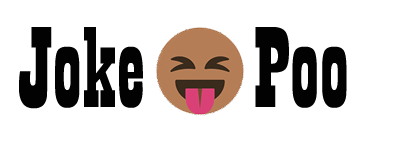A WHEREwolf
Joke Poo:
Original Joke:
If Waldo turned into a monster, which one would he turn into?
A WHEREwolf
New Joke:
If the Invisible Man became a chef, what kind of food would he specialize in?
Disappearing soufflé.
Alright, let’s dissect this joke!
Joke Analysis:
- Core Concept: A pun, combining the “Where’s Waldo?” game/character with the word “werewolf.”
- Key Elements:
- Waldo: The famously elusive character hidden in detailed illustrations.
- Where’s Waldo? (series): A series of activity books challenging readers to find a man named Waldo hidden in images.
- Werewolf: A mythological creature, a human that transforms into a wolf, often under a full moon.
- Sound Similarity: The homophones “where” and “were” are crucial to the pun’s effectiveness.
Enrichment and New Humor:
Let’s leverage some facts about both Waldo and werewolves to create a new piece of related humor.
Amusing “Did You Know” & Witty Observation:
“Did you know that Waldo’s original name in the UK was Wally? So, if Wally turned into a monster, he’d be a… Walrus…werewolf? He’d be really confused, trying to blend into crowded beaches instead of spooky forests.”
Explanation of the above:
- “Did you know…”: Sets up a factual foundation.
- Waldo/Wally Fact: Introduces a slightly absurd, but real, alternate name.
- “Walrus…werewolf?”: Extends the punning idea in a new direction (based on sound and spelling).
- Humorous Scenario: Paints a ridiculous image of a confused hybrid creature, leveraging expectations of both walruses (beaches) and werewolves (forests).
- Uses imagery to enhance the joke.
- Brings it all back to the punch line again.
- It may be less of a direct joke, and more of a humorous observation.
Another Potential Joke Structure:
Setup: Why did Waldo get a rabies shot?
Punchline: He was worried he’d catch the ‘Where’-wolf.
Why this works:
- Plays on a realistic fear.
- Double-down on the homophone joke.
These new attempts aim to add a layer of cleverness and engagement beyond the basic pun, by incorporating real-world knowledge and building upon the joke’s inherent absurdity.


